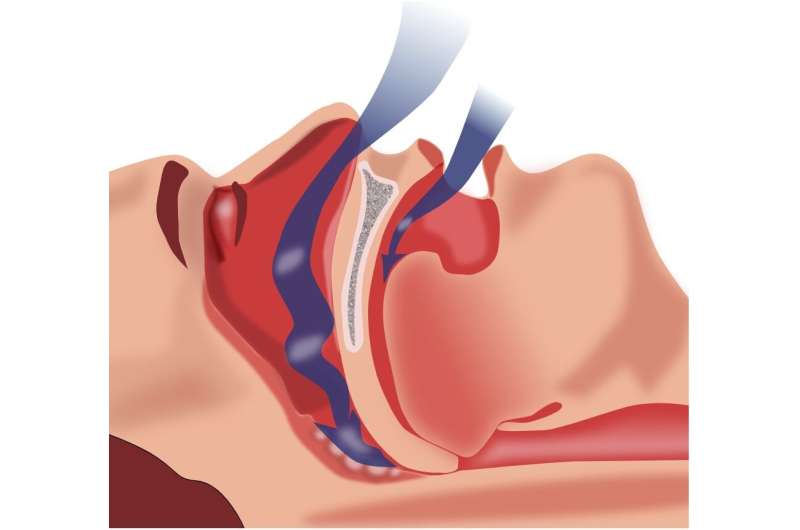Largest Genetic Research Identifies 57 Regions Linked to Stuttering

A large-scale genetic study uncovers 57 genomic regions linked to stuttering, offering new insights into its biological basis and potential for early diagnosis and treatment. Published in Nature Genetics, the research highlights the shared genetic architecture of speech disorders and related traits.
A groundbreaking genetic analysis has shed new light on the biological foundations of stuttering, revealing 57 specific genomic regions associated with the speech disorder. Published on July 28, 2025, in Nature Genetics, this extensive study analyzed DNA data from over one million individuals provided by 23andMe, offering unprecedented insight into the genetic architecture of stuttering.
The research highlights the complex genetic underpinnings of stuttering, pointing to its association with a shared genetic framework that overlaps with conditions like autism, depression, and aspects of musicality. These findings pave the way for earlier diagnosis and potential therapeutic developments, moving away from outdated misconceptions that stigmatize individuals with speech fluency issues.
Stuttering, characterized by repetitions, prolongations, and pauses, affects more than 400 million people worldwide. Despite its prevalence, its causes have remained largely elusive. Dr. Jennifer Piper Below from Vanderbilt University emphasizes that the disorder has long been a mystery and is understudied due to its non-hospital-based nature, despite its significant impact on quality of life.
The study also underscores the influence of genetics in stuttering, a shift from historic beliefs that attributed the condition to personal or familial shortcomings. Working since the early 2000s, researchers like Dr. Below and Dr. Shelly Jo Kraft leveraged international collaborations and the extensive genetic data from 23andMe to identify genetic variants linked to stuttering. The research focused on differences between males and females, given the higher prevalence of persistent stuttering in males.
Findings include the identification of 48 genes mapped from the 57 genetic loci, with variations between sexes. The study also demonstrated the potential of polygenic risk scores—composite genetic risk assessments—to predict stuttering, especially in males.
An intriguing aspect of the research is the connection between genes associated with speech and musicality, suggesting a shared genetic foundation that influences brain pathways involved in communication and rhythm. The top gene identified, VRK2, has previously been linked to beat synchronization and language decline in Alzheimer’s disease.
These insights contribute to a growing understanding of the biological basis of stuttering, offering hope for improved diagnostics and treatments. As Dr. Dillon Pruett notes, the research aims to dispel stigma and foster new therapeutic approaches, ultimately enhancing the lives of those affected by this common speech disorder.
Stay Updated with Mia's Feed
Get the latest health & wellness insights delivered straight to your inbox.
Related Articles
Recovery in Colorado: Older Adults Near Pre-Pandemic Death Rates, While Middle-Aged Show Increased Risks
Older Coloradans are nearly back to pre-pandemic death rates, but middle-aged adults face continued increased risks, mainly from overdoses, highlighting ongoing public health challenges. Explore the latest insights in this comprehensive overview.
Innovative Breathing Device Promises Improved Survival for Sleep Apnea Patients with Type 2 Diabetes
New research indicates that CPAP therapy may significantly improve survival rates in people with sleep apnea and type 2 diabetes, highlighting the importance of early diagnosis and treatment.
Biomedical Engineering Students Innovate to Address Safety Challenges in Sports and Daily Life
Biomedical engineering students at the University of Cincinnati are developing innovative solutions to prevent and repair injuries in sports and everyday life, focusing on concussion prevention, safer gear, and neonatal safety.
Dietary Supplement Nicotinamide Shows Promise in Skin Cancer Prevention
Recent research suggests that nicotinamide, a form of vitamin B3, can significantly reduce the risk of skin cancer, especially in high-risk individuals, offering a promising preventive strategy.



